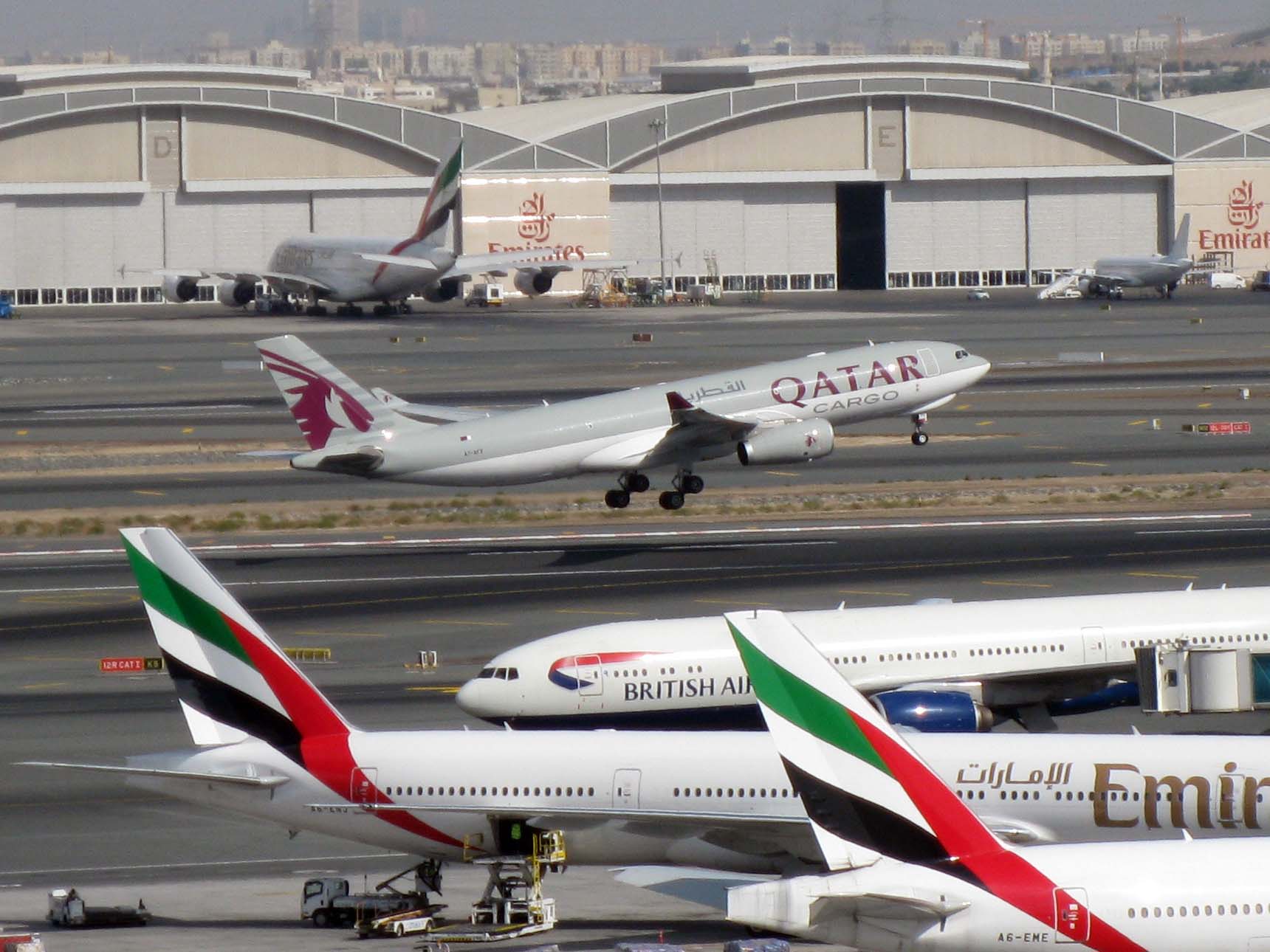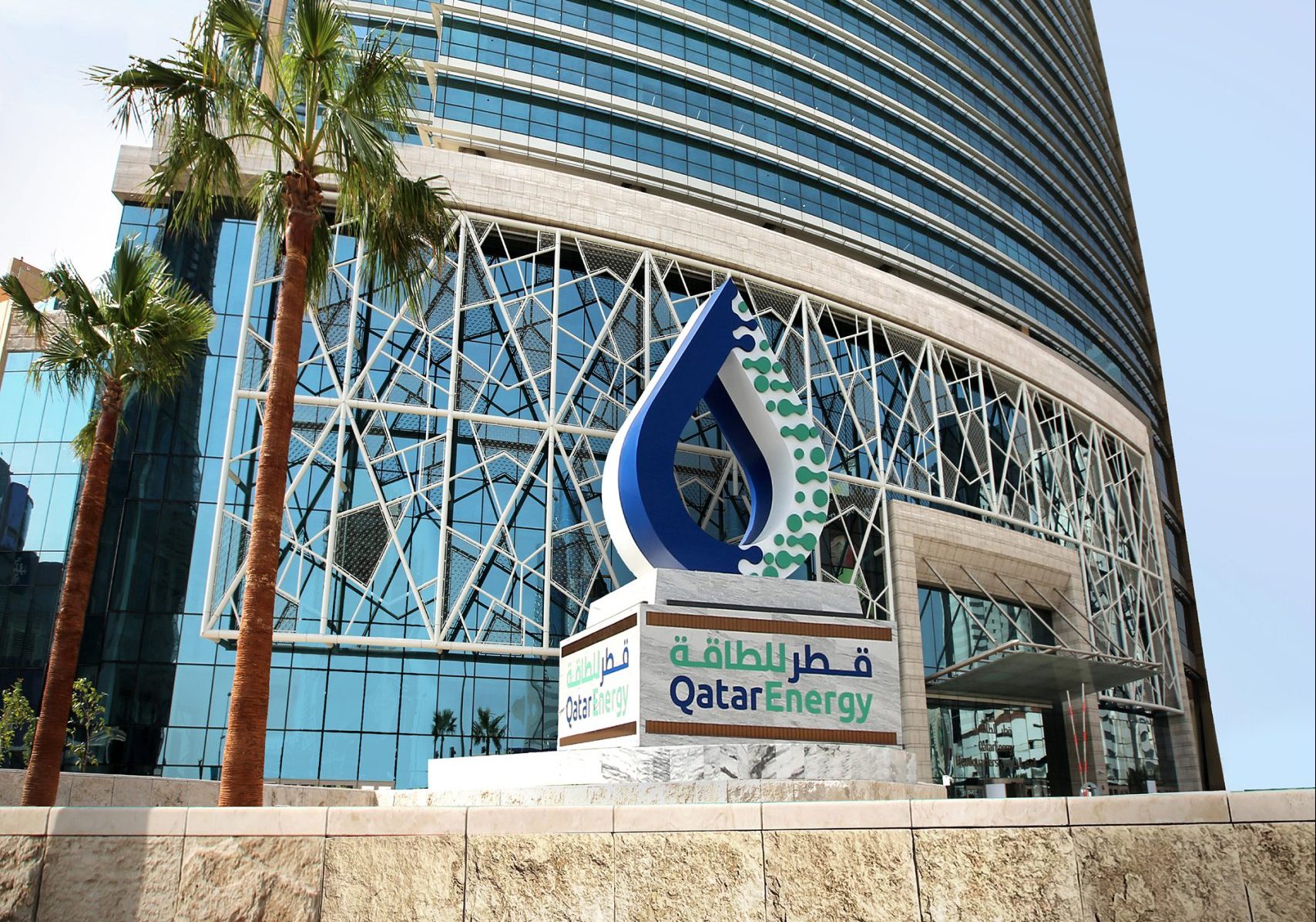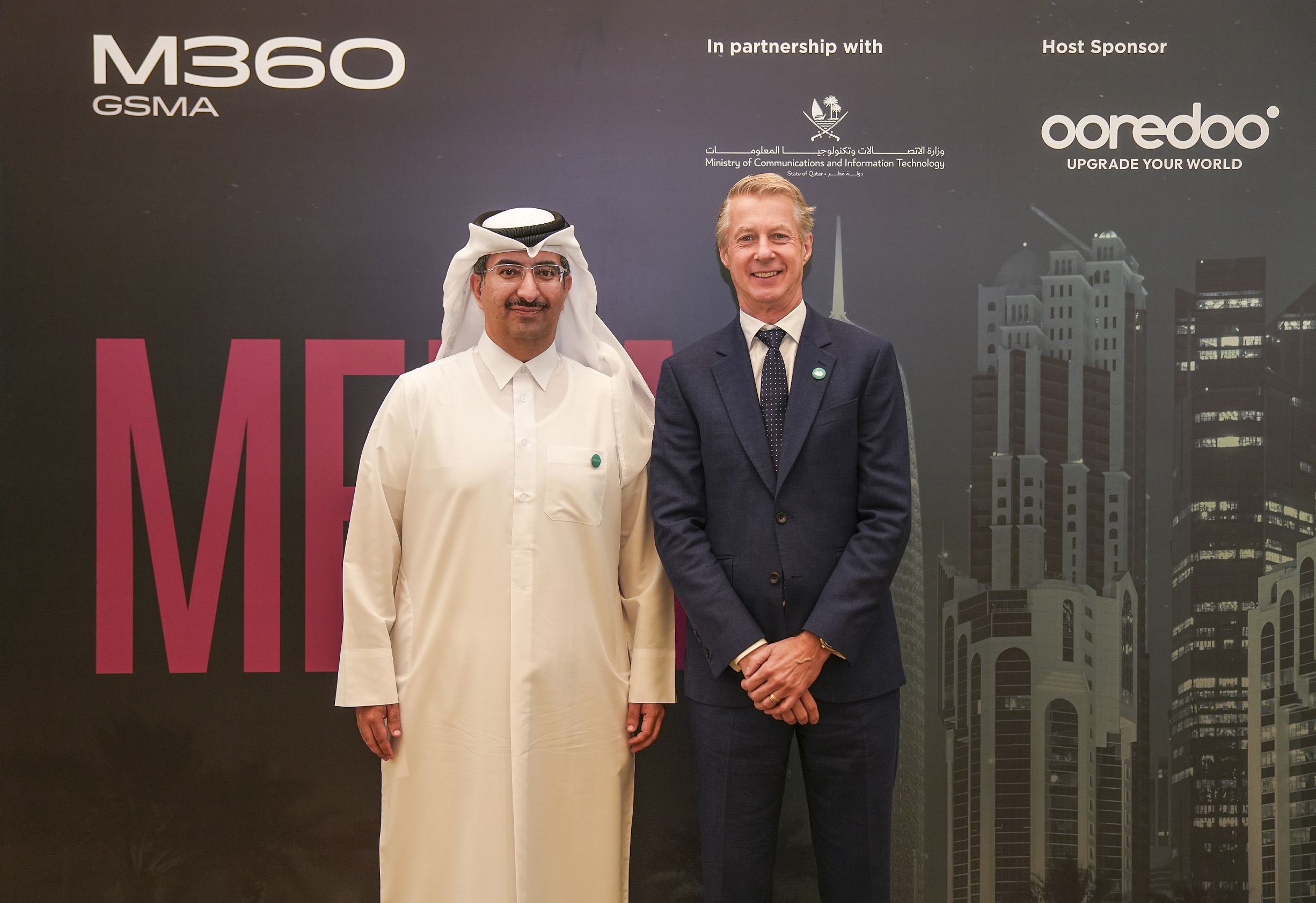
Flight delays in Qatar could get worse in the coming years if the region does not improve its air traffic control (ATC) systems, according to a new industry report.
Currently, average delays at Hamad International Airport average 37 minutes, about 30 of which are directly attributable to issues with ATC, The economic benefits of improvements to Middle East air traffic control report stated.
It argued that delays will almost double to 60 minutes in 10 years’ time if the region’s “invisible infrastructure” is not upgraded to help deal with the rapid growth of the aviation sector.

The study was commissioned by air traffic management company NATS and authored by forecasting firm Oxford Economics.
The report added that the financial gains to be made from improvements to ATC for Qatar could amount to some US $1,536 million over the next decade.
According to the figures in the report, 60 percent of these gains – which include factors such as faster travel times – would affect passengers directly, and 40 percent would go to airlines in the form of reduced fuel costs and additional flights.
Figures for the whole Gulf region put the potential savings at $16.3 billion over the next 10 years, 44 percent of this surplus benefiting passengers and 56 percent being passed onto airlines, the report said.
Crowded skies
Qatar has experienced an incredible growth in aviation traffic in recent years.
Passenger numbers grew 166 percent in Qatar between 2006 and 2014 period, and national carrier Qatar Airways’ fleet has grown from four aircraft in 1997 to 152 airplanes in 2015, now carrying over 22 million passengers a year.

This growth is set to continue for the foreseeable future, as the airline has over 330 new aircraft on order.
Meanwhile, the other two of the region’s “big three” airlines, Emirates and Etihad, are also forging ahead with plans for rapid expansion, with 270 and 199 aircraft on order respectively.
This massive investment and expansion, in addition to the fact that half the airspace in the Middle East is reserved for military flights, means that the region’s skies have become increasingly congested.
Each country in the region has its own air traffic control system, and Qatar Airways CEO Akbar Al Baker has argued that the implementation of a single system across for the whole region would significantly improve the situation:
“There will be a time, in our opinion, jointly there will have to be a single air traffic control management system … to monitor and operate a very congested airspace,” he told the Gulf Times in January.
‘Invisible infrastructure’
Director of NATS Middle East John Swift said in a statement that it is time for the region to focus on the “invisible infrastructure” of air traffic control to back up the money it has been spending on its airlines:
“As the Middle East diversifies its economy and focuses increasingly on international trade, ensuring that aviation is up to world class standards is vital.
The region has made huge strides in investing in aircraft and infrastructure – it is critical, though, that the ‘invisible infrastructure’ of airspace is not forgotten. Increased collaboration between civil aviation authorities and the private sector will go a long way to closing that gap.”
And earlier this year, the director general of the International Air Transport Association (IATA), Tony Tyler, told journalists that air traffic congestion could mean that Qatar would lose out on the potential returns of the multibillion-dollar HIA.

“Delays are becoming a serious problem,” Tony Tyler, the director general and CEO of the International Air Transport Association (IATA), said during a press conference ahead of the organization’s annual general meeting in Doha.
HIA has the potential to make Qatar “a truly competitive global hub” for aviation, Tyler said. But growth is at risk unless regulators across the region work together to create more capacity in the air for planes, he added:
“Governments need to remember it is not just what you do on the ground, but what you do in the airspace above the ground that is going to be critical to making sure the enormous growth potential of the region is realized.”
Safety concerns
It seems that regional governments are now taking heed of the advice.
On Tuesday, the UAE’s General Civil Aviation Authority (GCAA) announced plans to restructure its airspace.
The GCAA’s Deputy Director General, Ahmed Al Jallaf, said it was not only motivated by financial gain, but also by possible safety issues:
“This is a potential risk, which if not responded to today will face severe consequences tomorrow – not only for efficiency but also for safety and security. We don’t want things to pile up until an accident takes place.”
The project, which will apparently costs “hundreds of millions of dirhams,” will divide the country’s air space into new sectors. It will be implemented by 2018, he said.
Here’s the full report:
Thoughts?






